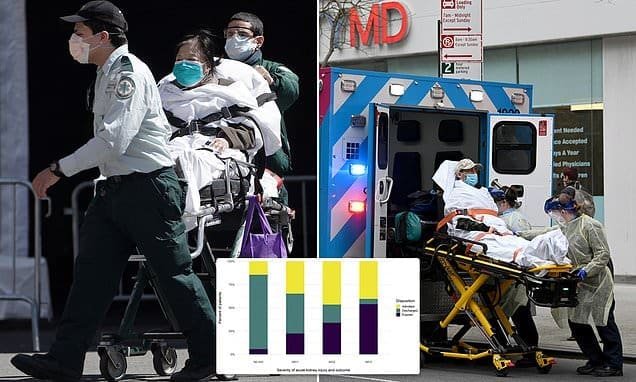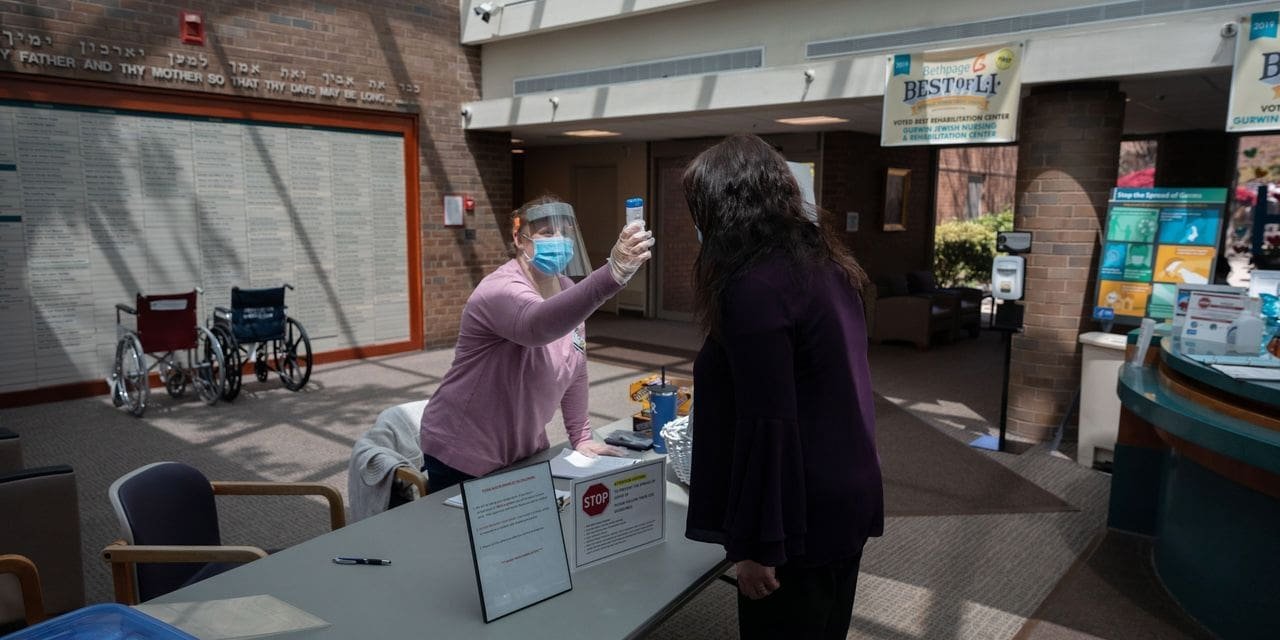CHEO doctors on alert for mysterious COVID-19-related illness in children
Author of the article:
Elizabeth Payne
Publishing date:
10 hours ago • 3 minute read

Article content
Doctors at CHEO are looking out for cases of a mysterious syndrome apparently related to COVID-19 that has been seen in children in the U.K., Montreal and New York, among other places hard-hit by the pandemic.
There have been no cases in Ottawa, but CHEO infectious disease physician Dr. Jason Brophy said doctors here are prepared.
We apologize, but this video has failed to load.
CHEO doctors on alert for mysterious COVID-19-related illness in children Back to video
“All of us are watching closely what the experience in other centres is so we can be prepared when and if we see a case in the Ottawa area.”
The multi-system inflammatory syndrome, or hyperinflammatory shock, as it is being called, appears to be a post-infection syndrome related to COVID-19, although most of the children whose cases were described in a just-published U.K. paper did not test positive for COVID-19.
There have been reports of similar cases in New York and Montreal, among other centres.
The cases appear to result from an over-activation of the immune system that affects multiple systems in the body, said Brophy.
This advertisement has not loaded yet, but your article continues below.
Article content continued
Children exhibit symptoms similar to those of Kawasaki disease, which causes inflammation in blood vessels throughout the body and typically affects children under the age of five. They also show signs of toxic shock. Symptoms of Kawasaki disease include prolonged fever, a rash, red and swollen hands and feet, red eyes, and a red tongue, said Brophy. It is something, while uncommon, that paediatric doctors are familiar with.
Researchers in the U.K. described a cluster of eight cases of the COVID-linked hyperinflammatory syndrome in children between the ages of four and 14. All spent time in intensive care. One of the eight children died. The paper was published in the Lancet last week.
This advertisement has not loaded yet, but your article continues below.
Article content continued
Their symptoms included unrelenting fevers, rashes, conjunctivitis, pain in their arms and legs and gastrointestinal illness that progressed to shock. Children also experienced cardiovascular abnormalities and gastrointestinal symptoms.
Only two of the patients that were the focus of the U.K. study tested positive for COVID-19, although they all had antibodies, suggesting the majority had previously been infected with it.
The COVID-19-related syndrome is so new that the Canadian Paediatric Society has not yet issued guidance to doctors on what to look for and how to manage it. It will soon, said spokesperson Genevieve Brouillette.
This advertisement has not loaded yet, but your article continues below.
Article content continued
A study is underway to track how many children are becoming seriously ill from COVID-19 in Canada, she said.
Brophy said the syndrome is so new that physicians are just beginning to understand it. “Now that there is one report published and more reports coming, it seems more clear that this is very likely related to COVID-19 and something that we need to be prepared for,” he said.
The elderly and people with underlying health problems are the most at risk for severe complications from the infectious disease, although not exclusively. In Ontario, the vast majority of deaths have occurred among residents of long-term care homes.
This advertisement has not loaded yet, but your article continues below.
Article content continued
The new syndrome affecting some children can, like Kawasaki syndrome, be treated with intravenous immunoglobulin, which is made from blood and has antibodies that can help fight infections, among other treatments.
Because Ottawa has seen so few cases of COVID-19 among children and youth, it is unlikely there will be many post-infection cases here yet, said Brophy. Just one to two per cent of Ottawa’s population is believed to have been infected with COVID-19 since the pandemic began. But that could change, said Brophy.
“As we move toward reopening society in small steps, I think we need to be very careful and very cautious and be as ready as we can to deal with what may happen.”
This advertisement has not loaded yet, but your article continues below.
Article content continued
Brophy said reports of clusters of the post-infection syndrome in some children should not make people more scared of COVID-19.
“I still think the primary group of people we need to worry about are the elderly and people with chronic illnesses that have shown to be predisposing for severe COVID infection,” he said.
The reported paediatric cases represent a very small proportion of overall cases, he said.
But it is a reminder that “prevention is better than the cure,” he said, and that people should continue to pay attention to public health messages about physical distancing, hand washing and wearing masks, where warranted.
epayne@postmedia.com






Recent Comments